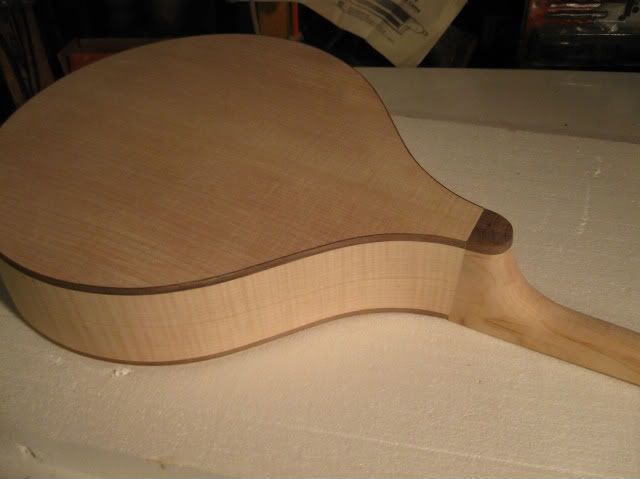Hmmm.......thanks Graham. I'm able to reach through the sound hole with a brad drill and mark the heel. I think I should be o.k.. The tenon is 5/8" wide. If need be I can recess the insert further in. I believe the insert from McMaster Carr is 3/8" diameter.
Next time I'll think about this ahead.
Carbon fiber..... I just ordered my cf neck stiffener from Stewmac. Oh well, next time I'll think about this ahead. It sure would be nice not to have to glue down the extension.







 Reply With Quote
Reply With Quote


















Bookmarks